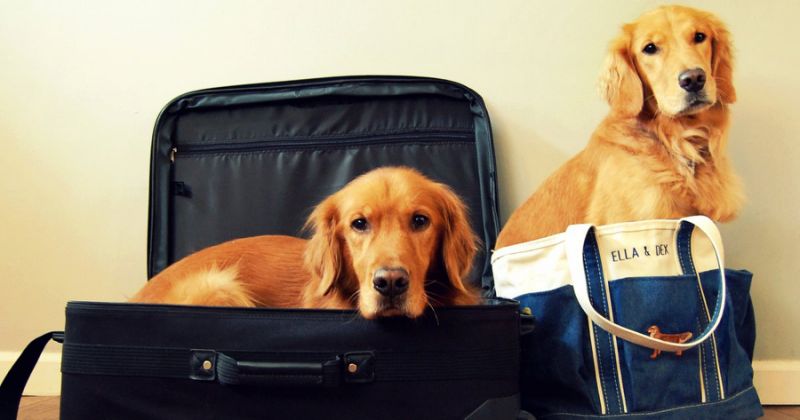
Are you going on vacation with your pet? If so, you are not alone. In fact, more and more pet owners decide to take their pets with them when they travel. To make your vacation enjoyable for both you and your pet, there are some things to keep in mind.
Determine if your pet is ready for the trip.
Before you start making vacation plans in which your four-legged friend is involved, you should honestly assess your pet’s temperament. Is your pet really ready to travel? If your pet has any of these conditions, you should probably send it to your pet or kennel while traveling:
- your pet is very young
- your pet is very old
- your pet is sick
- Your pet is pregnant
- Your pet recovers after surgery.
If your pet is very hypersensitive, anxious or annoying, taking it on vacation may not be a good idea.
Get a clean health score
Even if your pet seems to be completely healthy, you should go to the veterinarian’s office before going on vacation. Discuss your travel plans with your veterinarian and ask about the risks that should concern you. In addition, you should analyze what you should do if any of these risks arise, for example, if your pet becomes ill or becomes restless while traveling.
You should also ensure that your pet’s vaccinations are up to date and you should obtain a rabies certificate that you can carry with you during your trip. If you travel by plane, you must provide this certificate. Even if you don’t travel by plane, having this on hand will help you avoid possible headaches if your pet bites someone while traveling. You may also want your veterinarian to insert a microchip to help you find your pet if it separates.

Buy a pet carrier
Now that your pet is ready for the trip, you should buy it. The carrier must be tough and safe so that your pet cannot escape. It should also be well ventilated and spacious enough for your pet to stand and turn around. Be sure to allow your pet to spend time with the carrier before traveling. Therefore, your pet will get used to the carrier, and I hope it is convenient for him to spend time inside him. The carrier must also have handles outside. Therefore, if someone else needs to deal with the carrier, there is no risk of this person being bitten.
Conclusion
Remember to print your pet’s name on the outside of the carrier with a permanent marker. You must also write your name, address and telephone number. In addition to writing a personal address, you must also indicate your destination so that you and your pet can meet as quickly as possible if they separate.







